- 21/09/2022
How to use watercolour paint
How to use watercolour paint


Watercolour paint allows you to channel your emotions and to create whatever is in your imagination.
Once you’ve tried it, you’re sure to fall in love with way it reacts on the page. How each deft movement of your brush can build the atmosphere and mood of your subject.
We stock a wide range of watercolour paints, from top brands like Daler Rowney, Royal & Langnickel, Winsor & Newton and our own range.
What is watercolour paint?
Watercolour paint is made from pigment bound together with gum arabic. It’s a special medium, when applied it’s thin and transparent, allowing much of the paper underneath to show through.
This allows you to toy with form – you can create ethereal, luminous artworks just as easily as vibrant, powerful effects.
What you’ll need to paint with watercolours


It’s simple to get started with watercolour paint. You’ll need the following equipment:
Watercolour paint
An obvious one, but a quality watercolour set will give you plenty of colour options. Artist quality watercolour paints will offer stronger pigment and mean your painting stand the test of time.
Watercolour paper
You’ll need special watercolour paper to avoid crinkling and curling when applying watercolour paint.
Watercolour paper is thicker than normal paper, textured and often intertwined with cotton. This makes it more absorbent, which is important with maintaining its structure while withstanding lots of moisture.
Brushes
Kolinsky sable or synthetic filament brushes are best; for example, this watercolour brush set will hold plenty of water and have the required softness and spring for watercolour painting, so it is a good idea to choose brushes designed for watercolour painting.
Water pots
You’ll want two water pots, one for washing your brush clean, and one for mixing with your paint.
Paper towels
There’s a chance you’ll need to dry your brush, or dab up paint from your paper – normal kitchen roll works well here.
The watercolour painting process


There’s not set way to paint using watercolours – which is a big part of why they are so fun to use. If you’re struggling to get started, explore this simple step by step guide to watercolour paint:
Experiment with pressure
Before you get started properly, it’s a good idea to play around with different colours and pressure from your brush. This can give you a feel for the amount of paint you need to use to create darker and lighter areas, as well as the level of water.
Sketch out your composition loosely
When you’ve got a feel for watercolours, pick a subject and sketch it out with a soft pencil. You’ll want to use the softest pencil you’ve got and apply it lightly, as watercolour paint will allow your background to show through.
Form a base layer
You’ll want to build up your work gradually, using lighter colours to begin with. If you’re using similar, shades, you don’ t need to wait for your base layer to dry before applying another coat.
Dry brushing
Dry brushing is exactly what it sounds like – it means applying paint using a mostly dry brush, with just enough moisture to show on the paper.
Using an almost dry brush works well with heavily textured paper, as it will form a scratchy, rough effect.
Reducing pigment
If you want to reduce the intensity of colour – act quickly. Using a paper towel, gently dab the area to bring the shade down a few notches.
Feathering
If you’re looking to fade colours into the background, try applying a small amount of paint, then cleaning your brush completely. While it’s still wet, return to your image with a wet brush and spread it outwards so it fades gradually to white.
Scumbling
The watercolour equivalent of scribbling, scumbling is the technique of making little, irregular brush strokes to give the impression of texture.
Watercolour painting ideas


You can paint anything you set your mind to with watercolours – that said, there’s a few subjects that are particularly well suited to it.
Landscapes
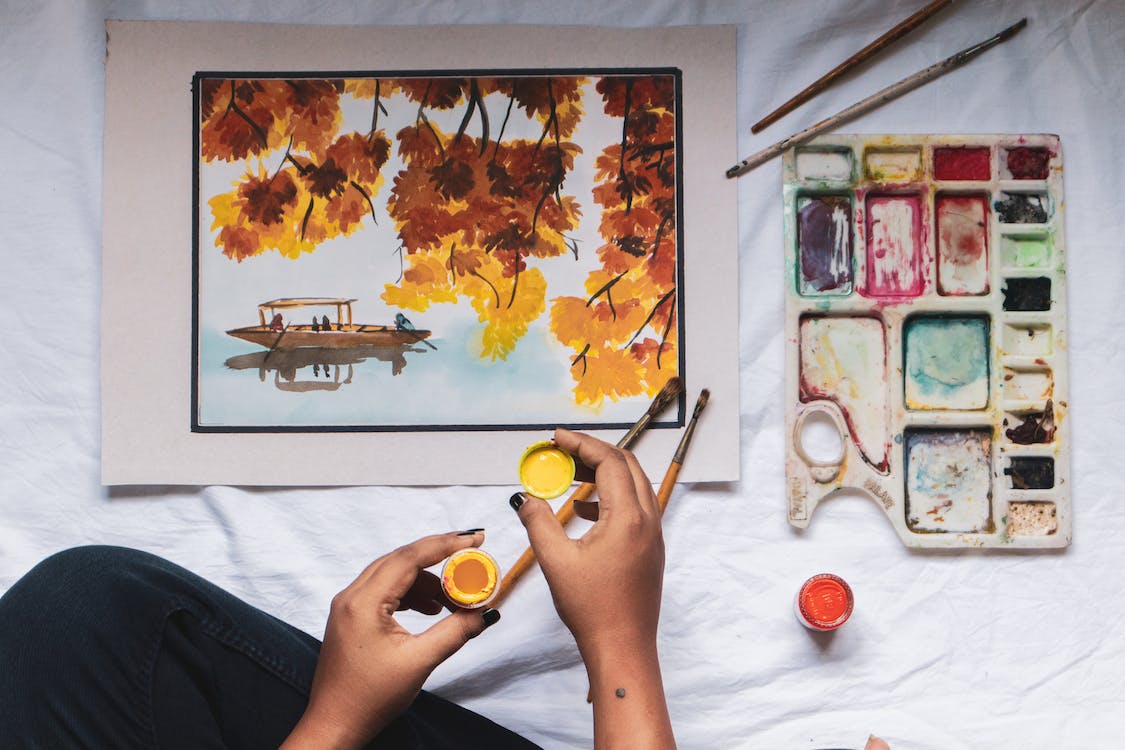

Landscape painting using watercolours allows you to create fantastic atmosphere.
The key to juggling different areas of your landscape is painting on a wet surface, or waiting for it to dry. For large areas that are shades of one colour, like a field or the sea, you can allow areas to flow together by painting while your base layer is still wet. If you’re adding detail, you’ll always need a dry surface.
Don’t be afraid of white space, either. Allowing colour to fade gradually into white can frame your landscape and create the illusion of sky or sea.
Floral Compositions
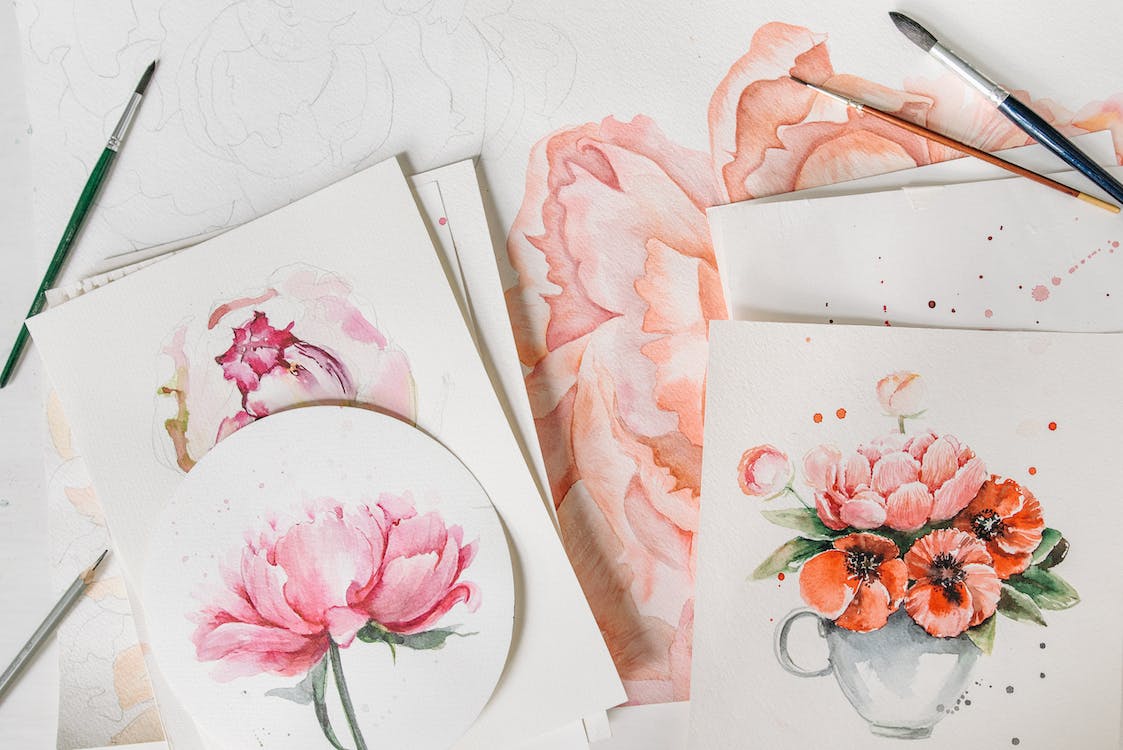

The delicate colours and details of floral arrangements can be brought to life using watercolour paint.
Watercolour will spread out like a blooming flower when applied with plenty of water, so this can form the starting point of your artwork.
Wildlife
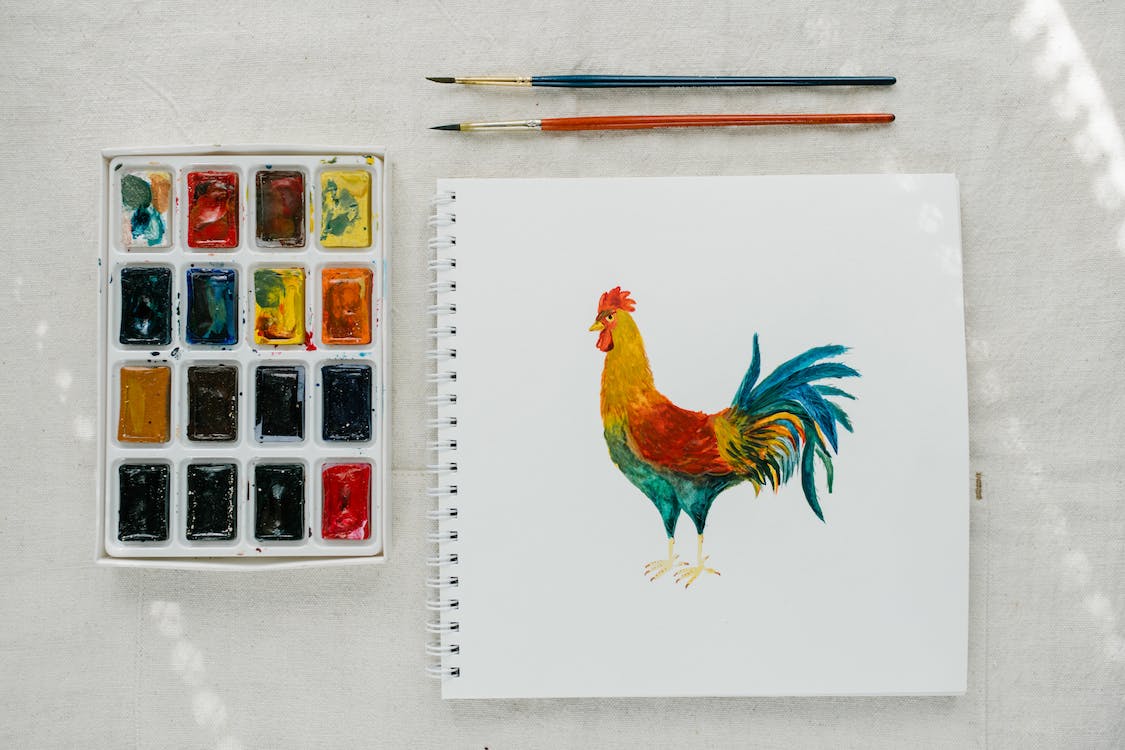

Animals are another excellent choice for watercolours – the vibrancy it’s possible to create lends itself well to the fur or feathers you want to capture.
From a sketch, build your subject up light to dark. To create realistic looking animals, you can create perspective and the illusion of three dimensions by leaving some areas unfocused or “blurry” looking, while sharpening up the details with a finer brush.
Abstract
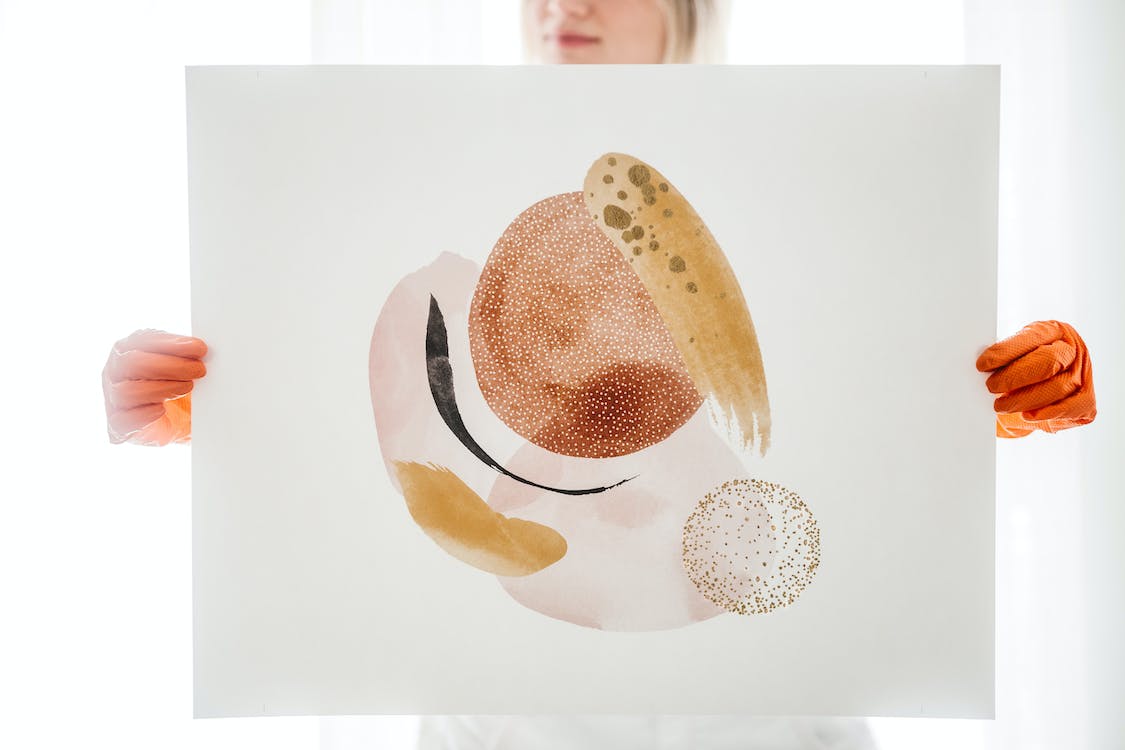

You don’t need a particular subject in mind, either. Abstract, expressive works can be created using watercolours that allow you to experiment and practice different techniques.
Try washes, gradients, blooming and feathering to form a captivating combination of colours.
Portraits
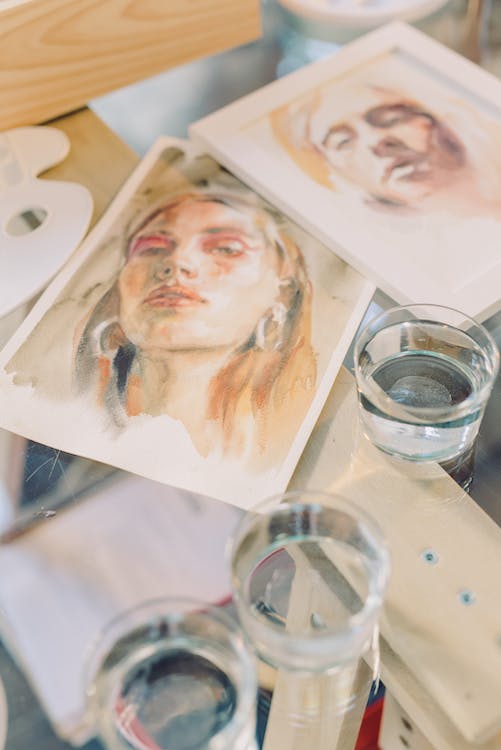

Portraiture might not be the first thing you think of when it comes to watercolours, but it’s possible to create beautiful, intricate portraits.
It’s best to start with the skin – do a light wash of the tone you’re looking for first. Next, build up darker shadows and details of the face and body. You can apply this extra paint while the base layer is still wet, as the light and darkness with flow together to make your painting more realistic.
Finally, you’ll need to add the details. Try using a thinner brush for this stage, and make sure the surface you’re painting on is completely wet. If there’s any moisture, it will be harder to add the intricate details of the face, like the eyebrows and eyelashes.
Get started with watercolours


Ready to get started? We stock all the elements you’ll need to take your first step with watercolours. Browse our range of watercolour paint sets, watercolour paper and brushes.
 Same Day Dispatch Mon-Fri Before 2PM
Same Day Dispatch Mon-Fri Before 2PM

 Free UK Delivery on Orders Over £50
Free UK Delivery on Orders Over £50

